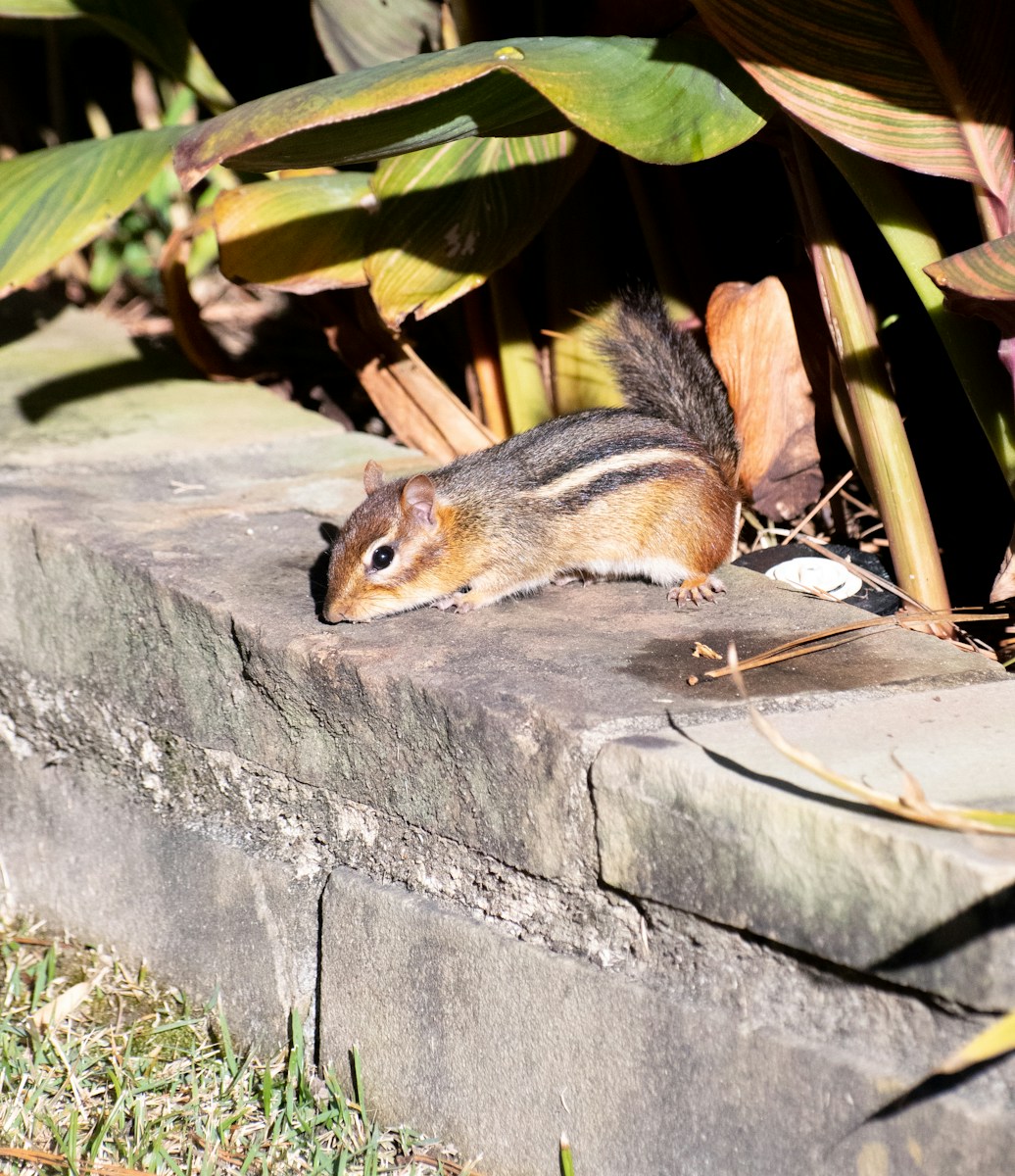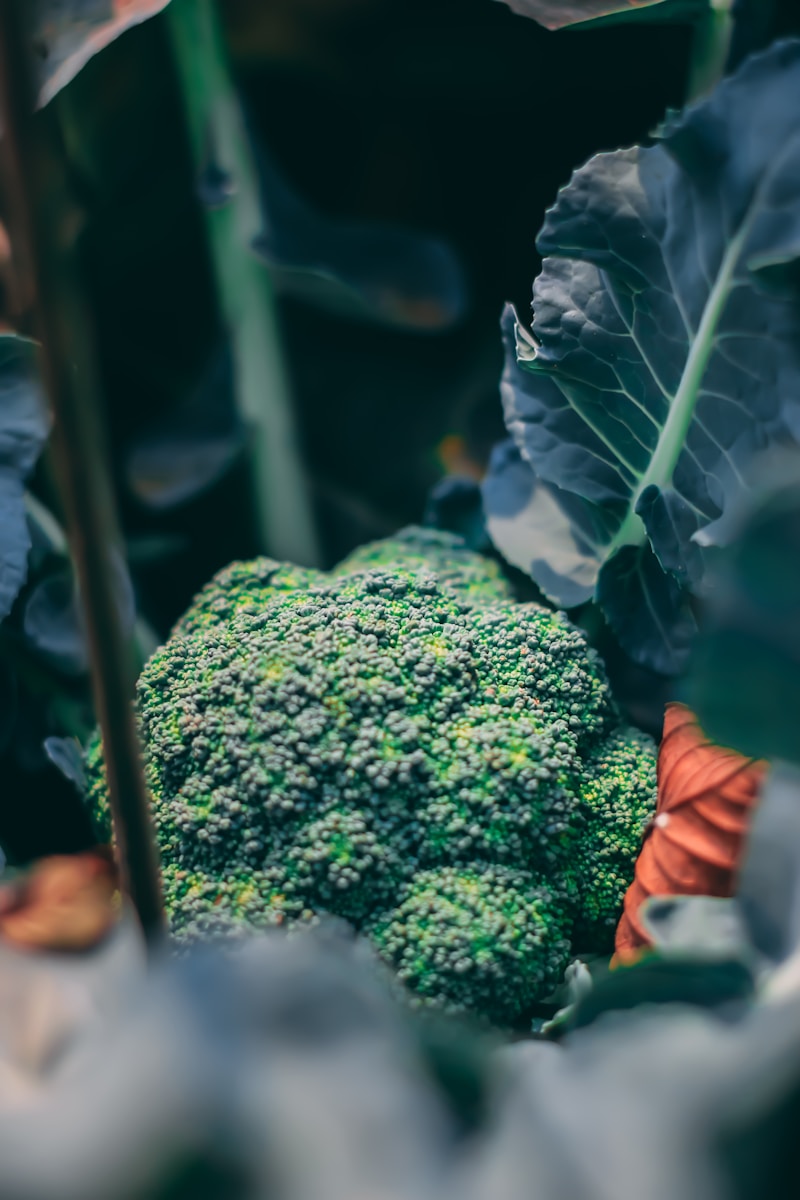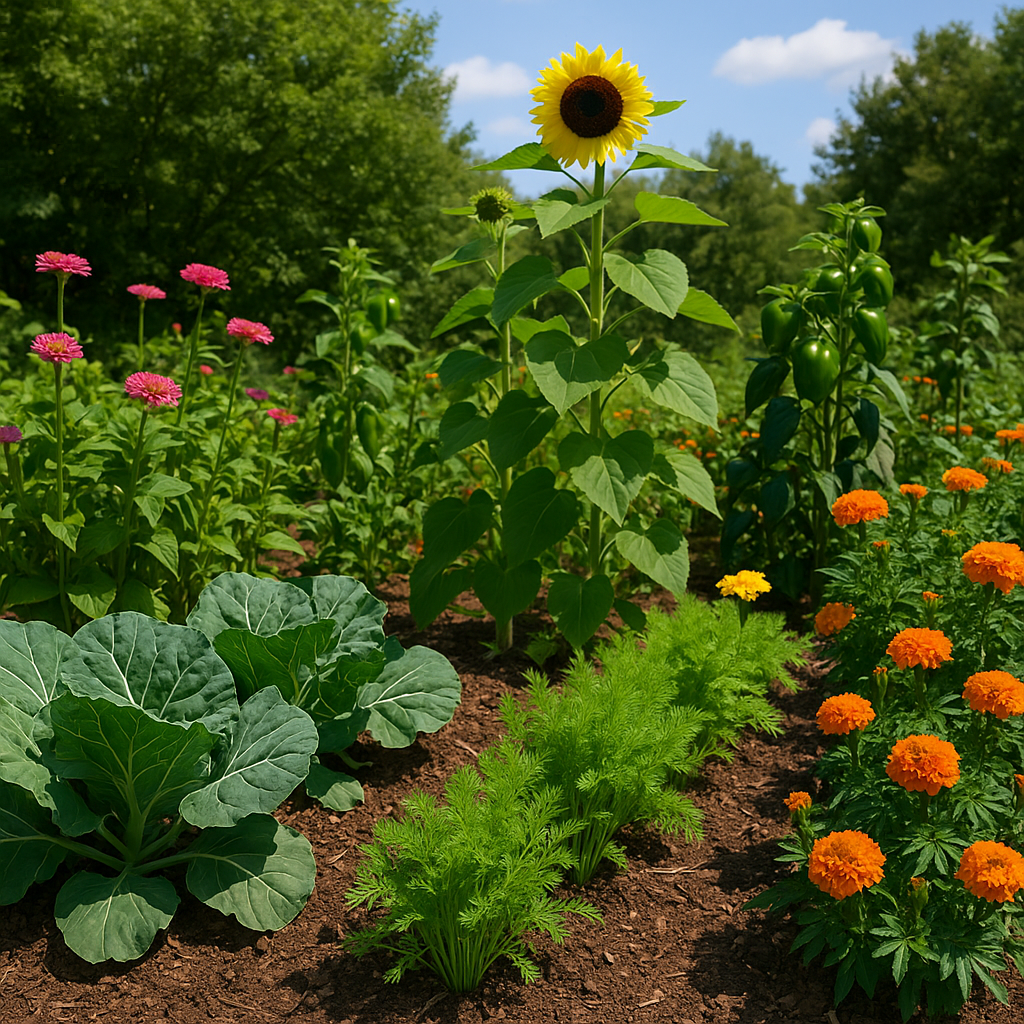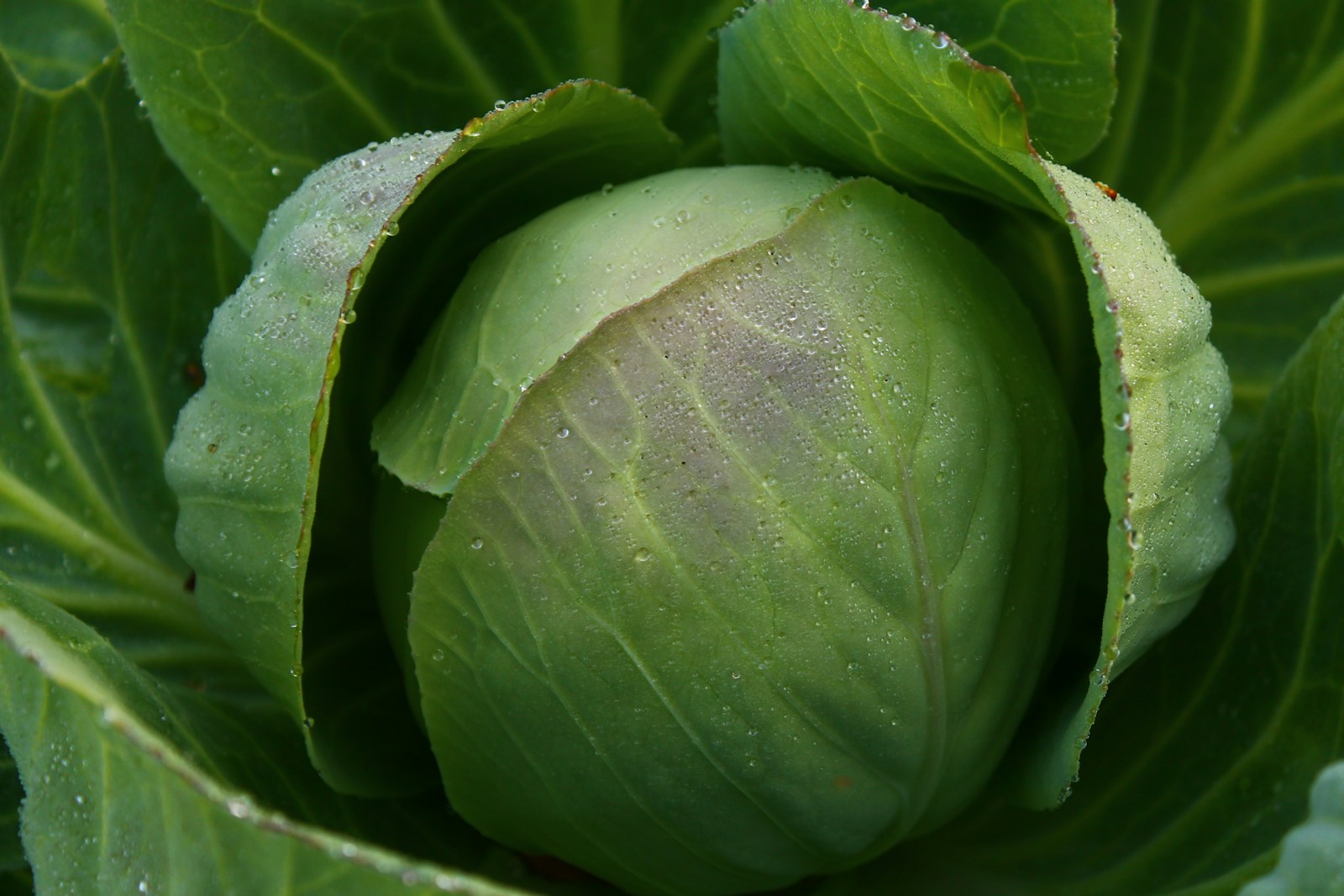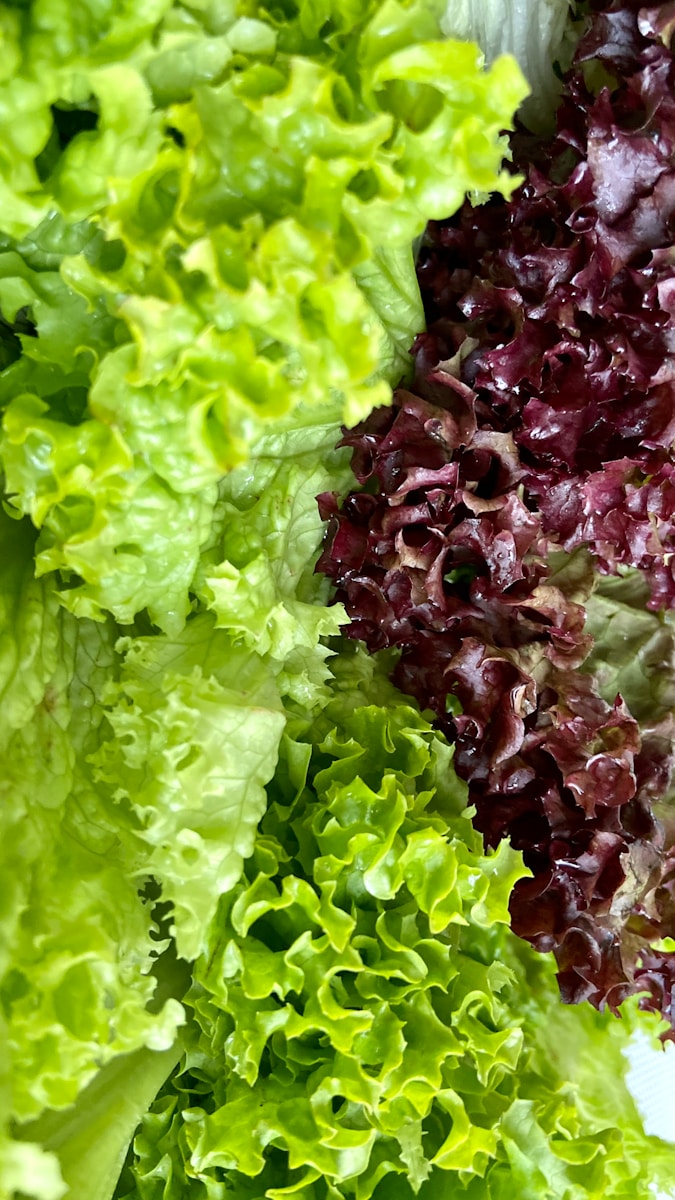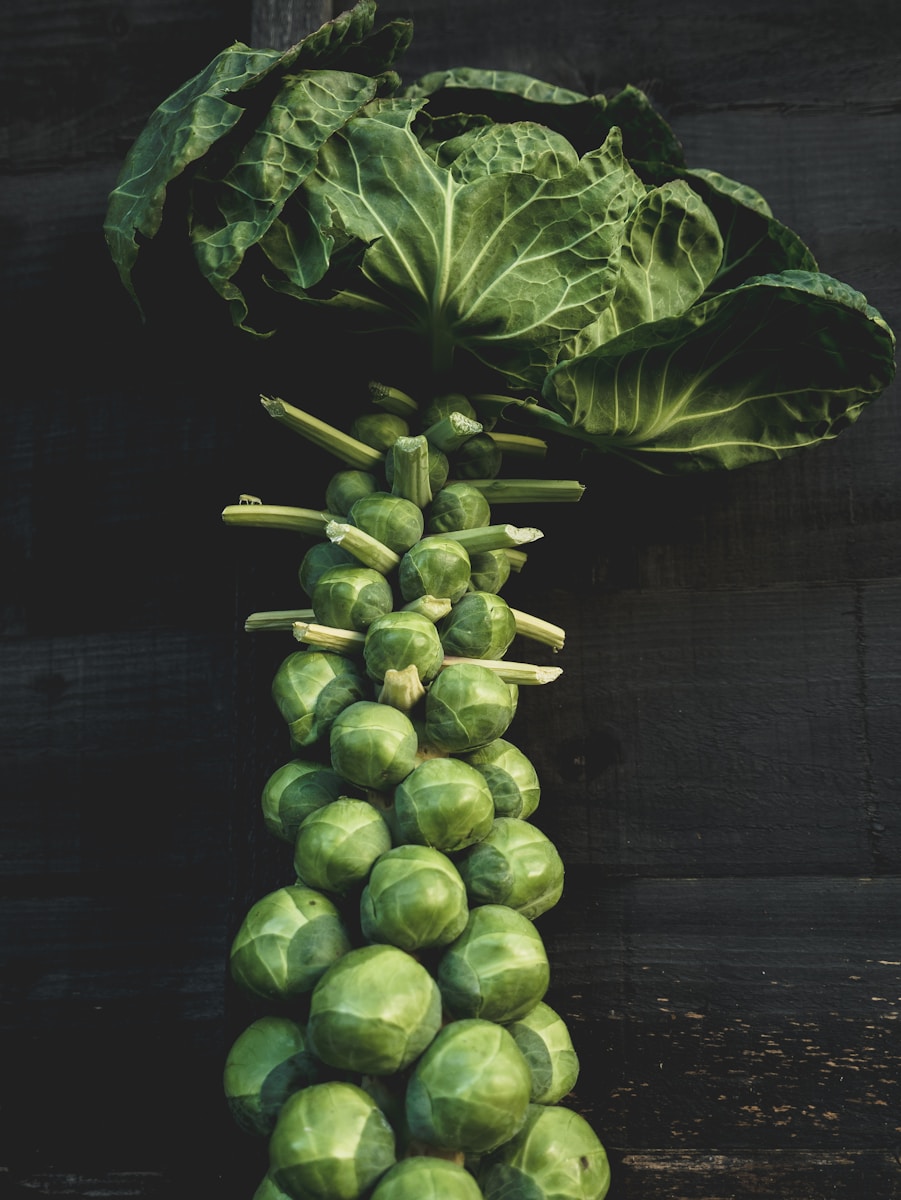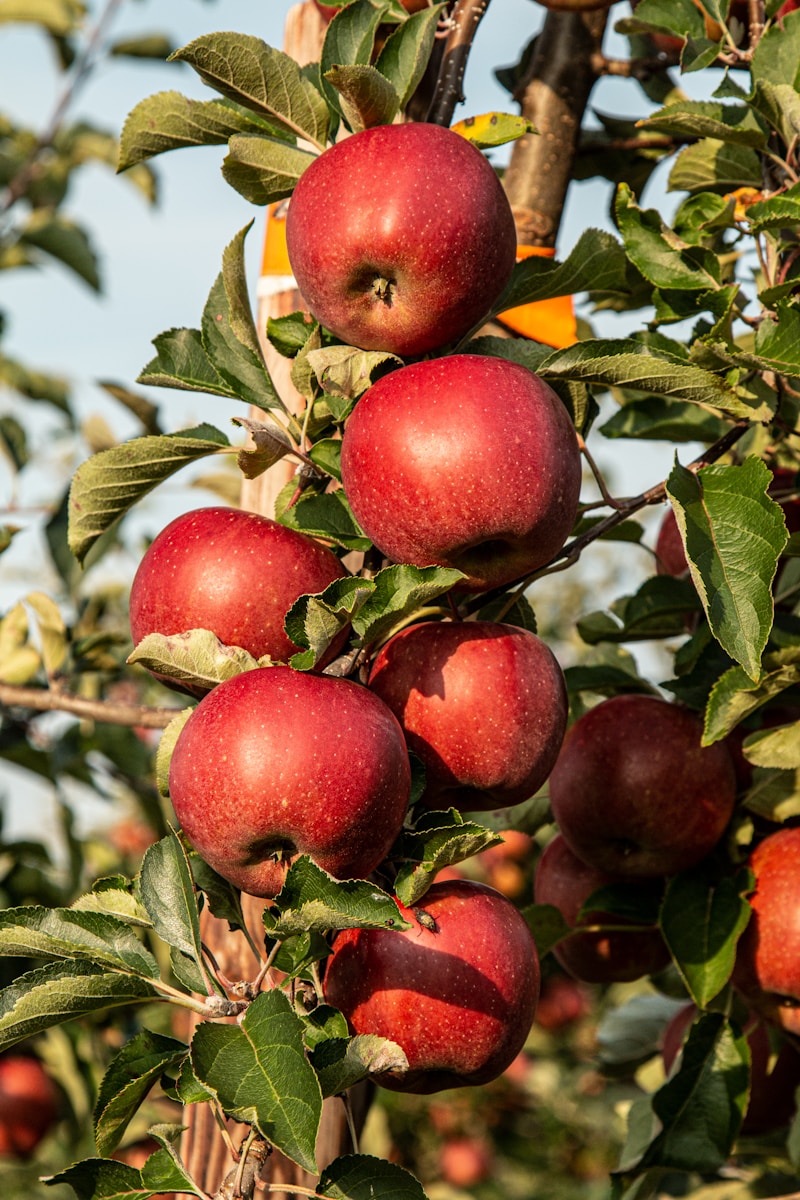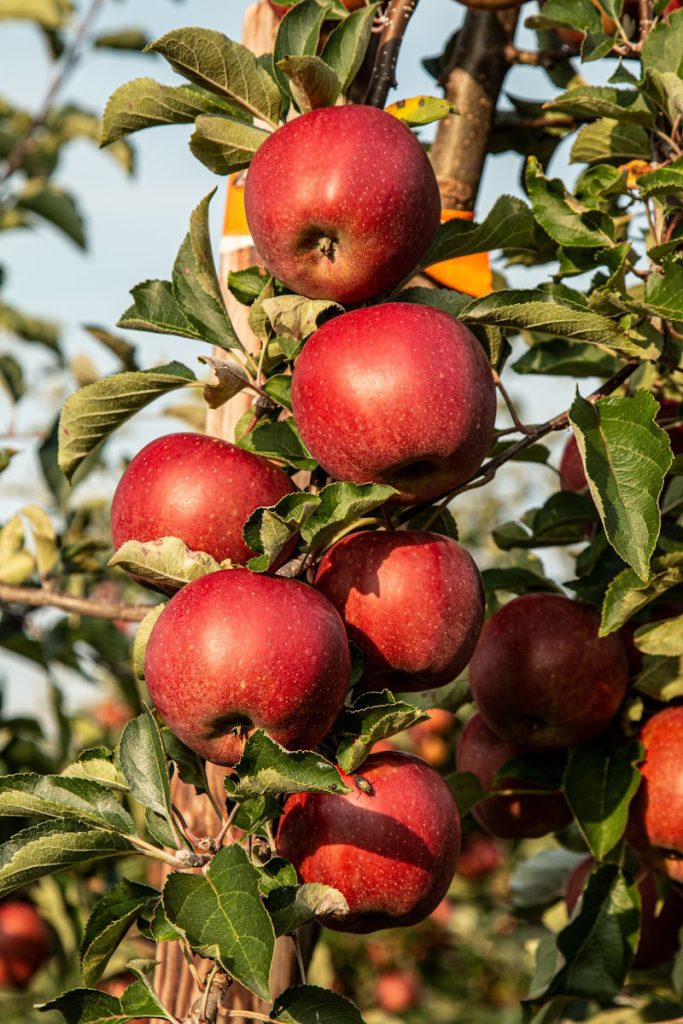Broccoli is a cool-season star. It loves crisp mornings and steady, gentle days. Alabama gives us two good windows each year. Spring brings a quick sprint before the heat. Fall brings a long, sweet glide into winter. In other words, we have choices. With a little planning, we can pick firm, green crowns for weeks.
This guide walks through timing, varieties, soil prep, pests, and harvest. We keep it simple. We keep it local. And we make it doable for any backyard or balcony in Alabama.
Why Broccoli Fits Alabama
Broccoli thrives in cool weather. Heat pushes it to bolt. Frost, on the other hand, is not a problem once plants are established. In fact, light frost can make heads taste sweeter.
- Best growth: days in the 60s to low 70s.
- Tolerates light frost.
- Struggles in long stretches above 80–85°F.
So our goal is clear. We set plants early enough in spring to head up before real heat. Or we plant in late summer so they mature in fall’s cool air. Fall is often easier here. Heads are tighter. Flavor is better. Pests slow down. But most of all, the temperatures cooperate.
Know Your Alabama Zones and Microclimates
Alabama is a long state. North Alabama cools sooner and warms later. Central Alabama sits in the middle. The Coast stays warmest and frost comes late. Your own yard adds another twist. A brick wall can hold heat. A hilltop can feel colder on clear nights. Instead of chasing one “perfect” date, think in windows.
- North Alabama: Tennessee border down toward Birmingham’s latitude.
- Central Alabama: The Birmingham–Montgomery band.
- South Alabama & Gulf Coast: Montgomery south to Mobile and Baldwin Counties.
In other words, the farther south you go, the later your fall window runs and the earlier your spring window begins.
Quick Timing at a Glance
Use these windows as a starting point. Adjust a week or two for your yard.
Spring Plantings
- North Alabama
- Start seeds indoors: late January to mid-February.
- Transplant outside: early to mid-March (about 2–4 weeks before the last frost).
- Central Alabama
- Start seeds indoors: early to late January.
- Transplant outside: late February to early March.
- South Alabama / Gulf Coast
- Start seeds indoors: December to early January.
- Transplant outside: January to early February.
Tip: Spring broccoli is a race against heat. Choose quick, heat-tolerant varieties and keep water steady.
Fall Plantings (often the best)
- North Alabama
- Start seeds: late June to mid-July (in shade or indoors).
- Transplant: late July to mid-August.
- Central Alabama
- Start seeds: early to late July.
- Transplant: early to late August.
- South Alabama / Gulf Coast
- Start seeds: late July to August.
- Transplant: late August to September (even early October in very mild spots).
Fall plantings mature in October, November, and December. Heads are dense. Side shoots keep coming. And flavor sings after cool nights.
Choosing the Right Variety for Alabama
We want strong domes, heat tolerance, and a steady flush of side shoots. Here are good fits for our climate and schedule:
- Heat-tolerant, early to midseason (good for spring and early fall): ‘Green Magic,’ ‘Imperial,’ ‘Belstar,’ ‘Diplomat.’ These hold better in warm spells and make uniform heads.
- Reliable fall workhorses: ‘Marathon,’ ‘Arcadia,’ ‘Fiesta,’ ‘Batavia.’ They handle cool finishes and make tight, heavy crowns.
- Open-pollinated classics: ‘DeCicco’ is quick, smaller headed, and generous with side shoots.
- Sprouting/broccolini types: ‘Atlantis’ or ‘Apollo’ give smaller, tender shoots over a long period. Great for fall into winter.
- Purple sprouting broccoli: Needs a long, cool stretch to shine. Best as a fall planting in North or some Central spots with real winter chill.
Pick one early type and one mid-to-late type. Plant both. In other words, let the bed hedge your bets.
Seeds or Transplants?
Transplants are the easy path. You skip the germination fuss in hot months. You set sturdy plants on your schedule.
Seeds give you more choice. They also cut costs. For fall, though, seed trays need shade and steady moisture. Summer heat makes germination uneven without protection.
Seed-Starting Basics
- Start 4–6 weeks before transplanting.
- Use a clean seed-starting mix.
- Keep the medium moist, not soggy.
- Target germination temperature around the mid-70s°F.
- Provide strong light right away.
- Harden off seedlings for 5–7 days. Start with light shade, then increase sun and wind a bit each day.
Build a Bed Broccoli Loves
Broccoli is a heavy feeder. It wants rich, well-drained soil with steady moisture.
- pH target: 6.2–6.8.
- Add organic matter: 2–3 inches of compost or well-rotted manure mixed into the top 8–10 inches.
- Raised beds: Great for drainage after big rains and for early warming in spring.
- Pre-plant nutrition: Mix in a balanced organic fertilizer at label rates. Save a little nitrogen for later side-dressings.
Spacing
- Standard heads: 16–18 inches between plants, 24–30 inches between rows.
- Large heads: 18–20 inches between plants, 30–36 inches between rows.
- Sprouting types: 12–16 inches between plants to maximize shoot count.
Tighter spacing yields smaller main heads but more plants. Wider spacing builds bigger heads and helps airflow.
Transplanting Step by Step
- Water the trays an hour before planting. Roots slide out cleaner.
- Plant at the same depth as in the cell. Do not bury the crown.
- Firm the soil around the root ball to remove air pockets.
- Water in well with a gentle starter solution.
- Mulch 2–3 inches with clean straw, pine needles, or shredded leaves.
- Use row cover for the first 2–3 weeks. It reduces sun, wind, and early pests.
Direct seeding? Possible in early fall if you can keep the seedbed cool and moist. Sow ¼–½ inch deep. Thin to final spacing after true leaves appear. In hot spells, use 30% shade cloth and water lightly twice a day until emergence.
Water, Feeding, and Mulch
Even moisture matters. Dry spells followed by heavy water can stress plants and reduce head quality.
- Watering: Aim for 1 to 1.5 inches per week. Sandy soils need more frequent watering. Soak the root zone. Morning is best.
- Feeding plan:
- Pre-plant: Compost plus a balanced fertilizer.
- Side-dress #1: 3–4 weeks after transplanting. Lay a light band of nitrogen along the row and water in.
- Side-dress #2: When the central head is the size of a quarter to a half-dollar. This feeds the main head and the first wave of side shoots.
- Stop heavy nitrogen once heads firm. Too much late nitrogen can cause hollow stems and soft tissue.
- Mulch: Vital in Alabama. It cools soil, saves water, and blocks weeds. Keep it an inch away from stems.
Micronutrients note: Low boron can cause hollow stems and brown internal spots. Do not guess. Get a soil test every year or two. If boron is low, follow the lab’s small, precise rate. A little goes a long way.
Heat and Cold Management
Heat is our main challenge. Cold is usually not.
- Shade cloth (30%) over hoops for two weeks after fall transplanting helps roots establish and cuts transplant shock.
- Row cover protects spring plants from cold snaps and fall plants from caterpillars.
- Frost tolerance: Established plants shrug off light frost. Heads can even taste sweeter. Cover only for hard freezes or very young plants.
- Bolting: Heat or drought pushes broccoli to flower. Choose the right window, water steadily, and do not delay spring harvests.
Pests: What to Expect and How We Win
We can grow clean broccoli with simple, steady scouting. Integrated pest management (IPM) keeps it calm and safe.
Cabbageworms and Loopers
- Clues: Ragged holes, green droppings, green or gray soft caterpillars. White moths fluttering over beds.
- Prevention: Row cover right after transplanting.
- Control: Hand-pick when numbers are low. Use Bt (Bacillus thuringiensis) on young larvae. Spinosad is another option used carefully and late in the day. Reapply after rains.
Diamondback Moth Caterpillars
- Clues: Smaller, more active larvae that wiggle when touched; pinholes in leaves.
- Control: Same as above; rotate crops; avoid planting brassicas in the same bed back-to-back.
Harlequin Bugs
- Clues: Orange-and-black shield bugs; stippled, wilted leaves.
- Prevention: Remove weedy mustards nearby.
- Control: Hand-pick into soapy water. Plant a small mustard “trap crop” and remove it once bugs gather.
Aphids
- Clues: Sticky honeydew, curled leaves, clusters on stems and undersides.
- Control: Strong water spray, insecticidal soap, neem, and natural predators like lady beetles. Avoid pushing late nitrogen, which can spike aphids.
Flea Beetles
- Clues: Tiny “shot holes” in tender leaves, worst on seedlings.
- Control: Row cover early. Sticky traps on bed edges. Healthy transplants outgrow damage fast.
Slugs and Snails
- Clues: Irregular holes and silver trails, especially after rains.
- Control: Keep mulch tidy. Use iron phosphate baits. Hand-pick at dusk.
Scout once a week. Small problems stay small when we catch them early.
Diseases to Watch
Clean starts, good airflow, and rotation do most of the work.
Downy Mildew
- Signs: Pale, fuzzy patches under leaves in cool, wet spells.
- Prevention: Space plants well and water in the morning. Remove heavily infected leaves. Improve airflow.
Black Rot (Bacterial)
- Signs: Yellow V-shaped lesions pointing toward the midrib; dark veins.
- Prevention: Buy clean transplants. Rotate brassicas every 3–4 years. Do not work plants when wet.
- Watering: Drip or soaker hoses are better than overhead.
Alternaria Leaf Spot
- Signs: Dark spots with concentric rings.
- Prevention: Good sanitation and rotation. Remove plant debris after harvest.
Clubroot
- Signs: Swollen, club-shaped roots; plants wilt midday and never size up.
- Prevention: Keep pH closer to 6.8–7.0. Rotate for several years. Avoid moving soil from an infected bed.
In other words, rotate your beds, keep leaves dry at sunset, and start with healthy, hardened plants.
Harvest: When the Head Is Tight and Ready
Broccoli tells you when it is time. Look close.
- Tight buds: The dome should be firm and fine-grained. If you see yellow petals, you waited too long.
- Cut with a sharp knife and leave 4–6 inches of stem.
- Harvest in the morning when heads are cool.
- Side shoots: After cutting the main head, plants push many smaller shoots. Keep picking. This stretches your harvest for weeks.
Storage: Chill fast. Wrap loosely and refrigerate. Do not wash until use. Fresh, cold heads hold several days. Hydro-cooling (a quick dip in cold water, then drain) helps on hot harvest days.
Succession Planting and Season Stretch
Instead of one big harvest, plan waves.
- Transplant new seedlings every 2 weeks within your window.
- Mix early and midseason varieties.
- For fall, tuck in a row of sprouting types to keep shoots coming into winter.
- In spring, harvest on time and move on before heat builds.
This rhythm keeps your kitchen happy without crowding your beds.
Containers and Small Spaces
Yes, we can grow broccoli in pots.
- Container size: At least 5 gallons per plant and 12 inches deep. Larger is better.
- Potting mix: High-quality mix with compost blended in.
- Water: Check daily in warm spells. Containers dry fast.
- Feeding: Light pre-plant fertilizer plus a balanced liquid feed every 2–3 weeks until heads begin.
- Placement: Full sun in spring and winter. Light afternoon shade during early fall heat.
Sprouting types are especially good in containers because they reward steady picking.
Month-by-Month Planner (North • Central • South)
Shift a week or two for your local conditions.
January
- North: Order seeds and supplies.
- Central: Start spring seeds late month.
- South: Transplant spring broccoli now on mild days; protect from cold snaps.
February
- North: Start spring seeds indoors.
- Central: Transplant late month or early March with row cover.
- South: Maintain spring beds; keep water even.
March
- North: Transplant early to mid-month; protect in cold snaps.
- Central: Spring crop growing fast; side-dress once.
- South: Watch rising temperatures; harvest early varieties on time.
April
- North: Harvest early heads; keep picking side shoots.
- Central: Harvest begins; shade cloth if heat spikes.
- South: Wrap up spring harvest before steady heat.
May
- North: Finish spring harvest; clear beds.
- Central: Finish and pull plants before bolting.
- South: Clean up and plant a summer cover crop.
June
- North: Prep for fall; solarize or rest beds.
- Central: Same; gather shade cloth and row cover.
- South: Plan fall schedule; stock mulch.
July
- North: Start fall seeds late month in shade.
- Central: Start fall seeds; keep trays cool and moist.
- South: Start fall seeds late month.
August
- North: Transplant fall sets late July–mid-August; use shade cloth two weeks.
- Central: Transplant all month; side-dress lightly after establishment.
- South: Transplant late August–September; protect from sun and caterpillars.
September
- North: Plants grow steady; scout for worms; side-dress once.
- Central: Keep even water; row cover helps.
- South: Transplant continues early; growth kicks in as nights ease.
October
- North: Heads begin to form; harvest early crowns.
- Central: Harvest starts; side shoots follow.
- South: Strong growth; first frost is still far.
November
- North: Main fall harvest; protect on hard freezes.
- Central: Peak harvest; flavor sharpens in the cold.
- South: Harvest begins and runs long.
December
- North: Finish harvest; clean beds and rotate.
- Central: Keep picking; store extras in the fridge.
- South: Peak harvest; enjoy tender shoots all month.
Troubleshooting: Fast Fixes
Small, loose heads
- Causes: Heat stress, late planting, poor nutrition, or too much shade.
- Fix: Plant earlier in fall or earlier in spring; give 6+ hours of sun; side-dress on schedule.
Bolting (flowers appear early)
- Causes: Heat or drought.
- Fix: Time plantings better, water evenly, harvest on time.
Hollow stems
- Causes: Rapid growth swings or boron deficiency.
- Fix: Keep moisture steady; get a soil test; correct boron if the lab recommends it.
Yellowing lower leaves
- Causes: Normal aging, nitrogen shortage, or wet feet.
- Fix: Remove old leaves, side-dress once if plants are still sizing, improve drainage.
Holes in leaves
- Causes: Caterpillars or flea beetles.
- Fix: Row cover early; Bt for young caterpillars; scout weekly.
Companion Planting and Smart Neighbors
- Good companions: Onions, garlic, chives, dill, thyme, and calendula. They fit at bed edges and support beneficial insects.
- Trap crops: A small strip of mustard draws harlequin bugs away. Remove it once loaded.
- Rotation rule: Do not plant broccoli after broccoli, cabbage, kale, collards, or cauliflower. Rotate brassicas on a 3–4 year cycle to break pest and disease cycles.
Instead of crowding one family together year after year, we move them around. The soil—and the harvest—stays healthier.
A Simple Planting Recipe
- Pick your season: Fall for ease and flavor, spring for an early bite.
- Choose two varieties: One early, one mid-to-late.
- Start seeds 4–6 weeks ahead or buy stout transplants.
- Prep soil: Compost, correct pH, and a balanced pre-plant feed.
- Transplant on a mild day: Water in and mulch right away.
- Protect early: Row cover for two weeks against sun and chewing pests.
- Feed twice: Once at 3–4 weeks, once at thumbnail head size.
- Water evenly: 1–1.5 inches per week.
- Scout weekly: Keep problems small.
- Harvest tight heads: Then enjoy side shoots until the season ends.
After more than one cycle, this recipe becomes a habit. Simple. Calm. Productive.
Cooking Ideas for Peak Flavor
You did the work. Now let’s eat well.
- Roasted florets: High heat, a little oil, salt, and pepper. Edges crisp. Centers sweet.
- Stir-fried stems and buds: Slice stems thin; they are tender when fresh.
- Sheet-pan suppers: Broccoli, sausage, and potatoes on one pan.
- Broccoli salad: Light dressing, toasted nuts, and dried fruit.
- Soup: Quick sauté, a gentle simmer, and a splash of cream or blended white beans.
In other words, fresh broccoli does not need much. Keep it simple and let the field speak.
Frequently Missed Details (That Matter Here)
- Mulch on day one. It locks in moisture and stops weeds before they start.
- Labels help you learn. Write the variety and date. You will see patterns next season.
- Keep edges clean. Weedy borders shelter pests.
- Morning water is best. Leaves dry by evening. Disease risk drops.
- Clean-up counts. Pull stumps and debris at the end. This breaks the life cycle of pests and diseases.
Your Alabama Broccoli Plan, Your Way
No two gardens are the same. Your fence might throw shade. Your soil may be red clay or beach sand. That is fine. We adjust. We start a week earlier or later. We add compost. We use shade cloth for fall transplants. We cover seedlings on windy days. We keep the rhythm simple and steady.
Most of all, we pick the right window. In spring, we sprint before heat builds. In fall, we settle in and let cool nights do the work. Then we harvest tight crowns and keep cutting side shoots for weeks. That is how we win, one bed at a time.
Bright Crowns, Easy Wins
We can grow great broccoli in Alabama. We time it well. We feed the soil. We protect young plants. We water with care. And we harvest on time. In other words, we take calm steps that stack up. After more than a few weeks, those steps become baskets of green, tender florets. They taste like the season we share—cool mornings, warm sun, and a garden that fits our lives.

